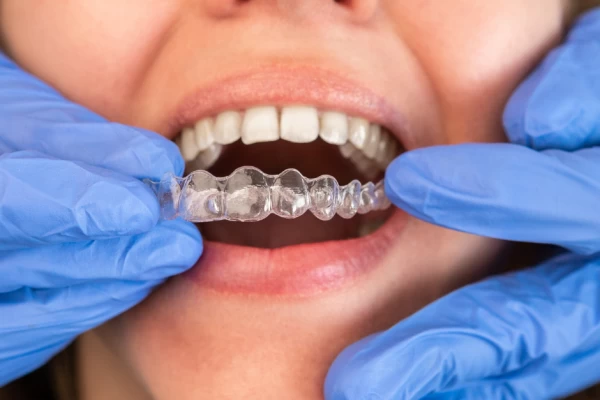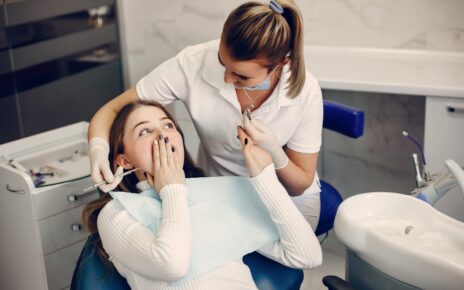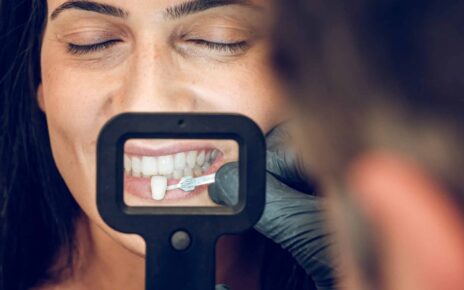Invisalign has changed the way we think about braces. With clear aligners, teeth move into place without the need for metal brackets. The secret lies in a blend of science and technology. Digital scans create a 3D image of the teeth. This helps to craft a precise plan for each patient. Invisalign’s design also reduces discomfort. It’s no surprise that treatments like Carthay TMJ treatment often incorporate these advanced techniques.
The 3D Imaging Process
The journey of Invisalign begins with a digital scan. Traditional methods used molds. Now, advanced technology captures a 3D image of your teeth. This scan is painless and quick. It allows for a detailed view of your dental structure. This precision helps in planning the movement of your teeth. The detailed images ensure that aligners fit exactly. This precise fit is crucial for effective treatment.
Custom Treatment Planning
Once the 3D scan is complete, a custom plan is developed. Each aligner is tailored to the unique shape of your teeth. A skilled Glen Ridge, NJ dentist will use these aligners to guide your teeth to their new positions throughout treatment. Each stage is carefully planned to ensure comfort and effectiveness. This approach contrasts with traditional braces, which often require adjustments.
Materials and Comfort
Invisalign aligners are made from a thermoplastic material. They are smooth and comfortable. Unlike metal braces, there are no wires or brackets to irritate. This material makes Invisalign aligners almost invisible. They can be removed easily for eating and cleaning. Their comfort and convenience are why many choose Invisalign over metal braces.

Monitoring Progress
Throughout the treatment, progress is tracked with regular check-ins. These appointments ensure that the aligners are working as planned. Adjustments can be made if necessary. This flexibility helps achieve the best outcome. This monitoring process is vital to the success of the treatment.
Comparison with Traditional Braces
Understanding how Invisalign compares to traditional braces can help in choosing the right option. Here is a simple comparison:
| Feature | Invisalign | Traditional Braces |
| Appearance | Clear and nearly invisible | Metal brackets and wires |
| Comfort | Smooth plastic, no sharp edges | Can cause discomfort or sores |
| Maintenance | Removable for easy cleaning | Requires special brushing techniques |
| Diet Restrictions | No restrictions | Some foods to avoid |
Conclusion
Invisalign represents a significant advancement in orthodontic treatment. The blend of digital technology and custom design makes it a popular choice. It offers a comfortable and convenient alternative to traditional braces. For more detailed information on orthodontics, visit the National Institute of Dental and Craniofacial Research and learn about various dental treatments. Understanding the science and technology behind Invisalign helps make informed dental care decisions.





